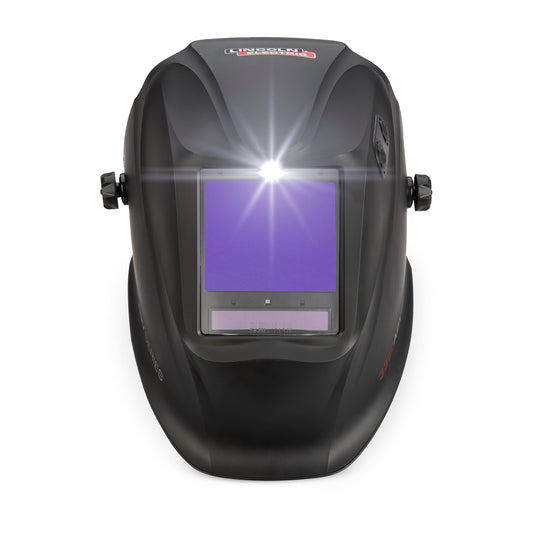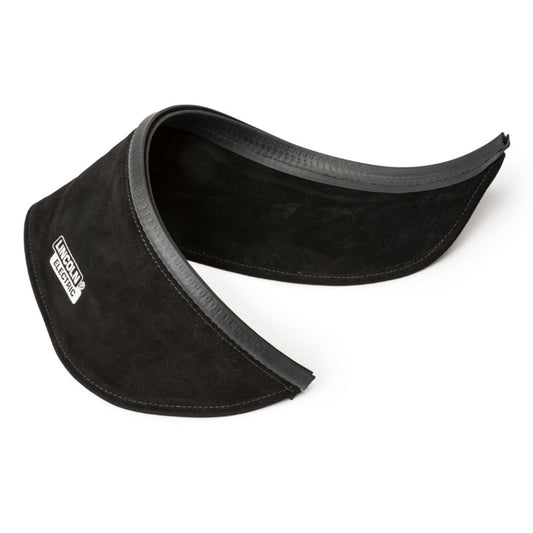For new and experienced welders alike, it’s important to know what type of eye and face protection will work best for you. What you need largely depends on what task your performing. Here are some factors to consider before beginning a welding project:
A welding helmet is best for. . .
- Welding projects that give off a lot of weld sparks and splatters
- Arc rays that reach the face area
Helmets protect you from your neck to forehead, including the ears. Helmets
do not protect you from welding materials that can get under the helmet, like grinding pieces and slag chips.
You can also use face shields, goggles, and other types of eye protection to
deal with arc rays, sparks, and splatters. However, they only protect the eyes,
so be careful with whatever welding project you’re working on.
**Welders that wear glasses are also required to have proper eye and face
protection on top of the welding helmet**

What shade does your welding helmet need?
The type of welding helmet lens shade you need for your helmet depends on what action you’re performing. Sometimes, the electrode size and the arc current are also a factor.
Suggested lens shade for certain tasks:
| Task | Suggested Shade | Determining Factors |
| Arc Welding | 10-14 | electrode size and arc current |
| Carbon Arc Welding | 14 | |
| Gas Metal and Flux Cored Arc Welding | 10-14, minimum shade 7 | electrode size and arc current |
| Gas Tungsten Arc Welding | 10-12 | electrode size and arc current |
| Gas Welding | 4-8 | thickness of the plate, from light to heavy |
Check our best selling welding helmets and safety gear! We have options at all price points.
Information used from www.weldinginfocenter.com




